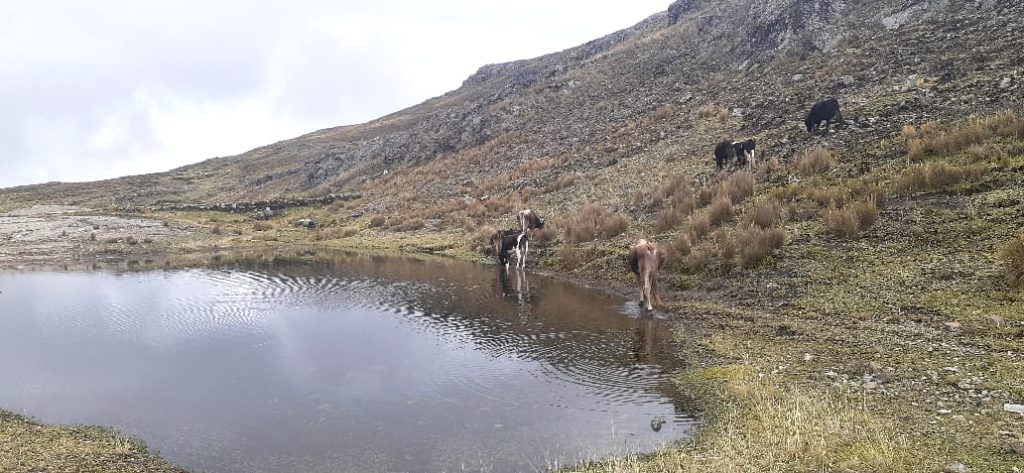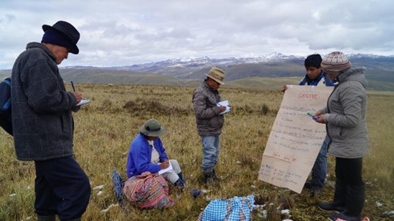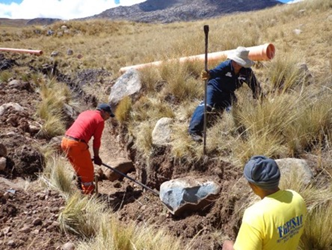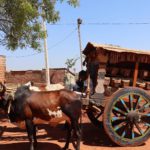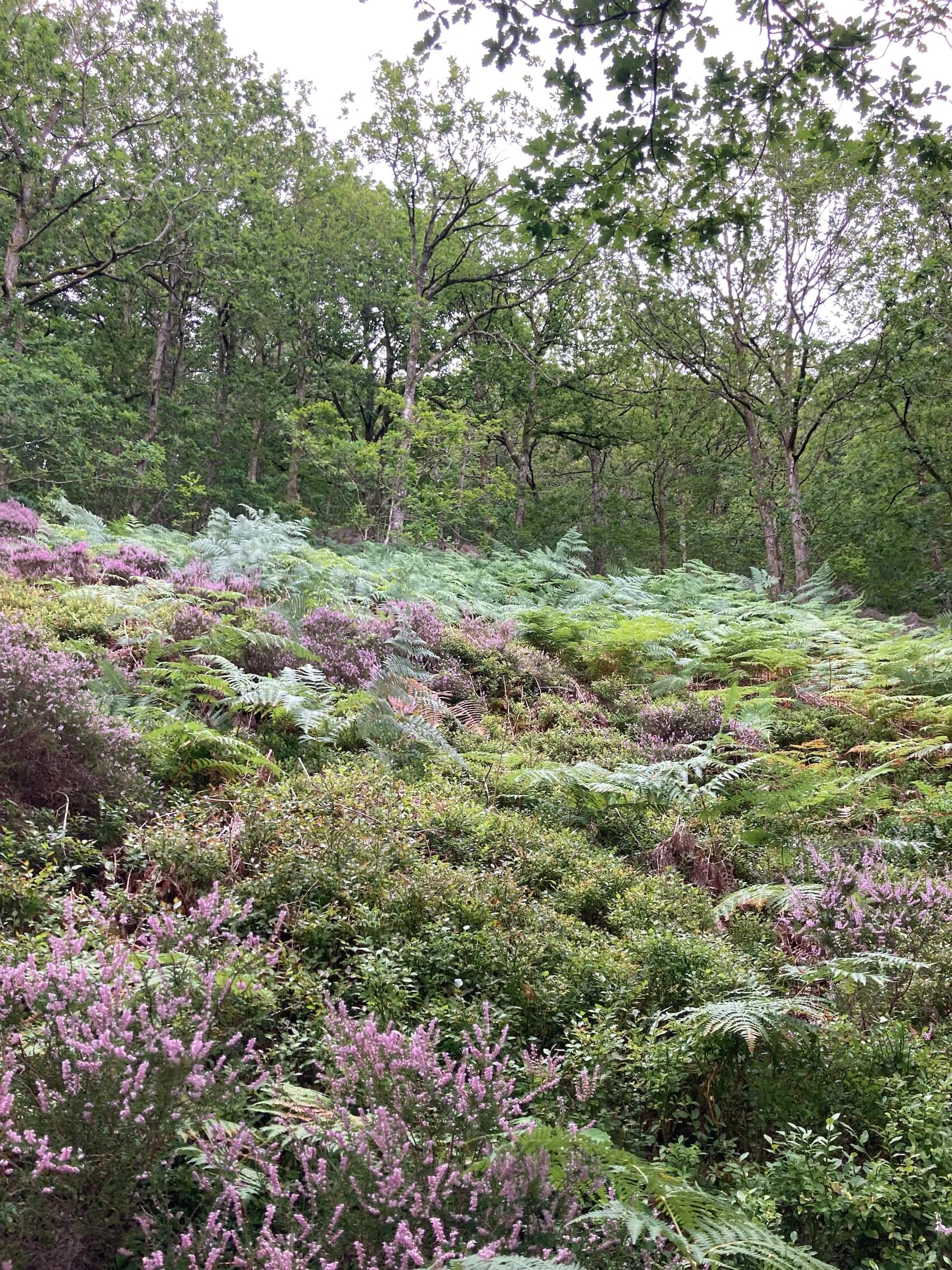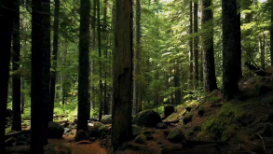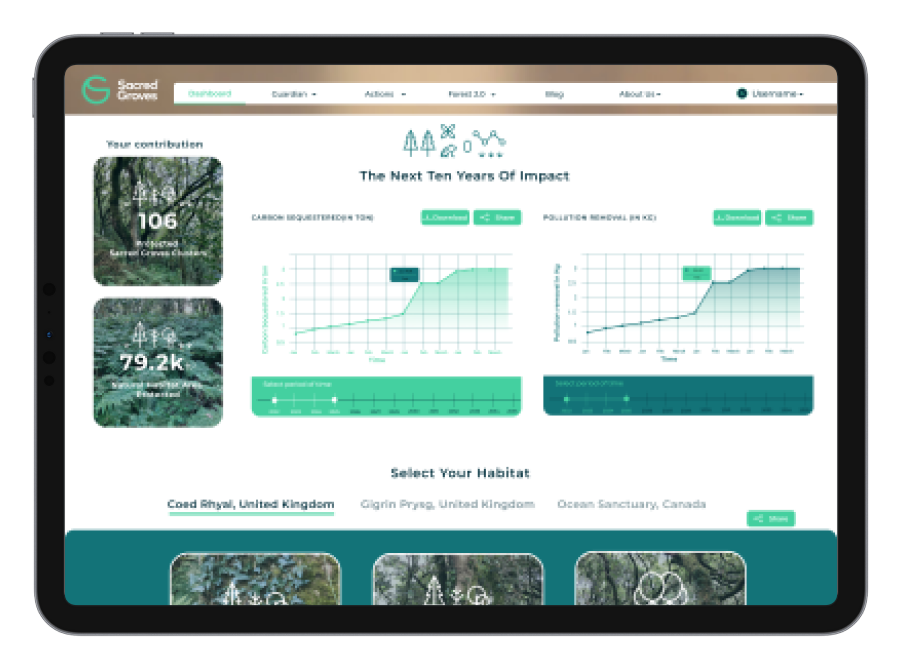An innovative non-profit is attempting to conserve Peru’s fabled grasslands, which are under threat from receding glaciers and unpredictable rain patterns. But instead of scientists and conservationists, they have employed the services of archeologists…
At almost 4,000 meters above sea level, the high-altitude grasslands of Peru, known locally as punas, are a complex and increasingly fragile ecosystem. Climate change, the melting of glaciers and unpredictable rain patterns have shrunken the wetlands, with alarming consequences for some of the country’s most vulnerable communities, who depend on them to graze their sheep, alpacas and llamas. Though Peru is home to 70 percent of the world’s tropical glaciers, their size has diminished by 40 percent in the past four decades. As glaciers recede, the drying grasslands force herders to concentrate in smaller areas, leading to intensive grazing practices, which further degrade the puna.
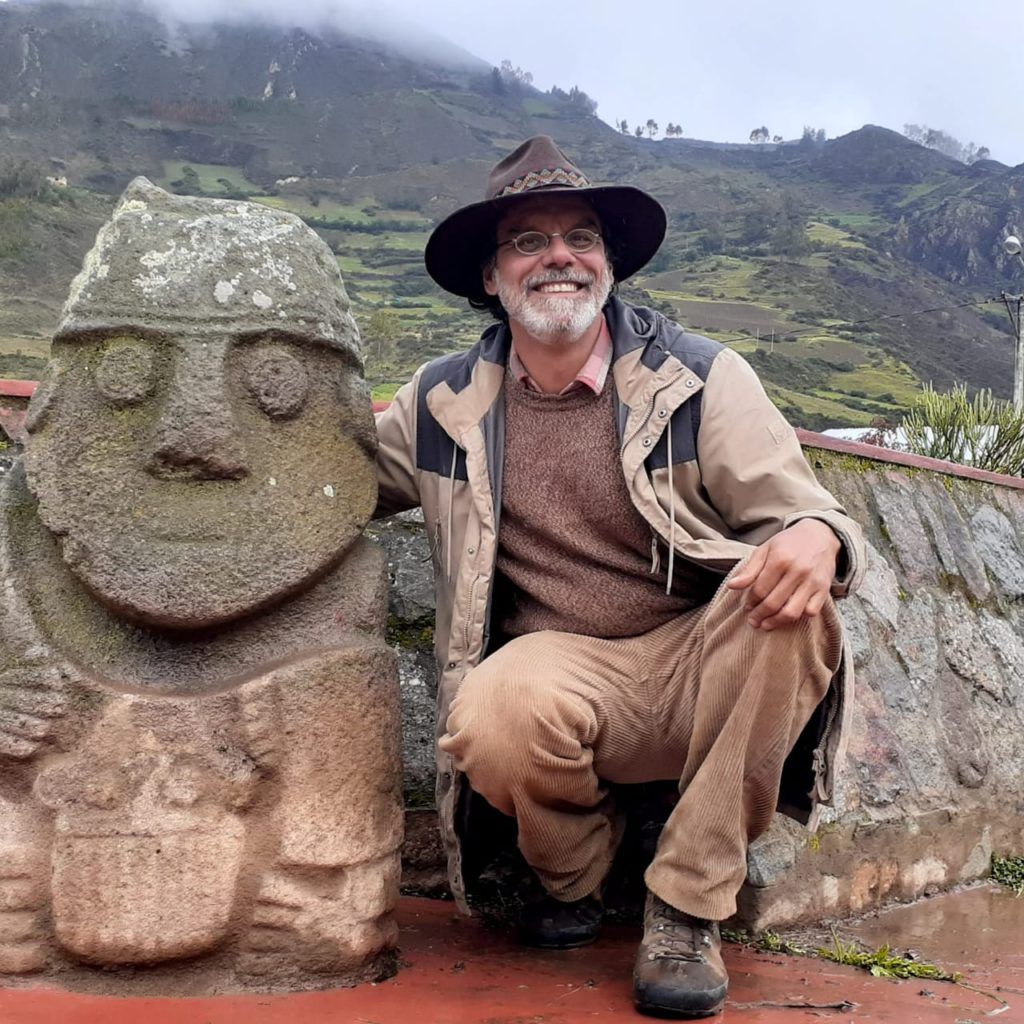
In search of a solution, the residents of Miraflores and Chanchayllo, two small Andean villages in the Nor Yauyos reserve, decided to look back into the past; a bet that has yielded extraordinary results. With the help of the U.S. non-profit The Mountain Institute (TMI) and enlisting Colombian archeologist Alex Herrera, local authorities were able to bring back to life a 1200-year old ancestral hydraulic system. The complex network of waterways had been used for centuries, but it was abandoned in the 17th century when Spanish colonizers forced indigenous populations to relocate.
The silt dams, reservoirs and canals were used by ancient communities to slow the movement of water through the soil and grasses. The slower pace of water they produced mitigated the impact of both floods and droughts, created nutrient-rich soil and expanded the wetlands, allowing for rotational grazing. While livestock and crop productivity have indeed increased since the system was revived, Herrera explains that the success of the project should not be measured in terms of output, but of sustainability. “Andean knowledge is not about maximizing production, but minimizing risks,” he tells us, “and that can be antithetical to the current growth paradigm.
Ancestral technologies look to increment production to provide food for everyone over time, not to increase revenue.”
For the team behind the revival of the waterways, its success lies in its bottom-up participation and collaboration. The initiative was decided upon in community assemblies and relied heavily on local knowledge. The project is not an off-the-peg solution: combining, as it does, complex forms of social organization and an understanding of the ecosystem built over centuries and passed orally across generations.
Though the TMI believes the success of the project raises hopes for highland communities everywhere, Herrera is quick to point out that adapting it to different contexts might prove to be a complex endeavor. “Andean technology is not just material; it is also the capacity to organize work over time and space. This type of solution requires local knowledge and, more importantly, a local commitment to sustain it over time. And this can only come from the communities themselves, not from external actors,” he explains. Listening to indigenous populations, he adds, is a good place to start.
Author: Jimena Ledgard, The India Story Agency for Sacred Groves
Images Credit: Grassland banner image and 1. Alexander Herrera Wassilowski, 2. The Mountain Institute
Did you enjoy this article?
Share with friends to inspire positive action.
